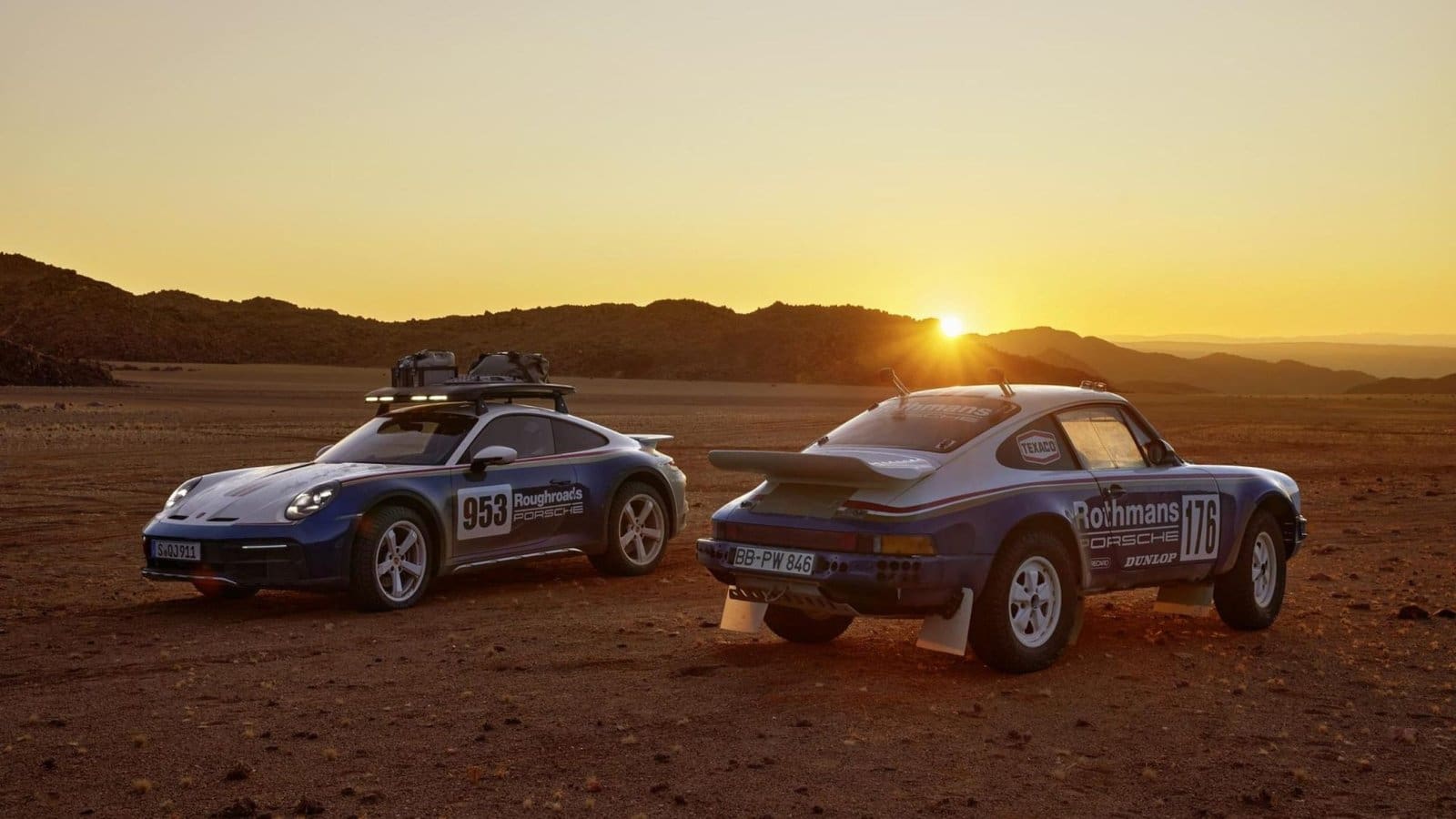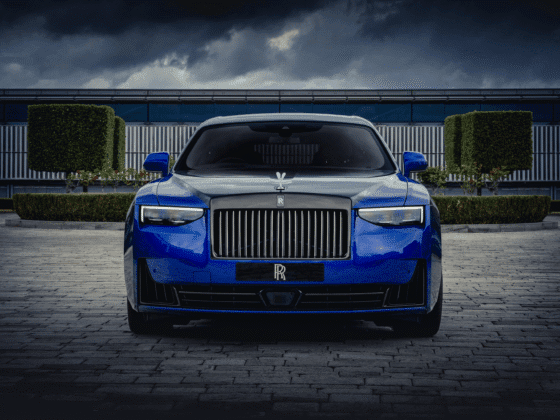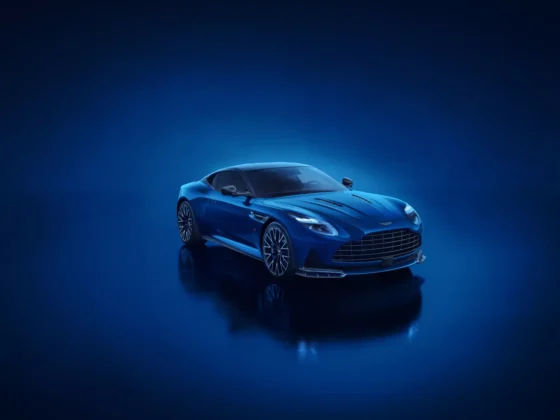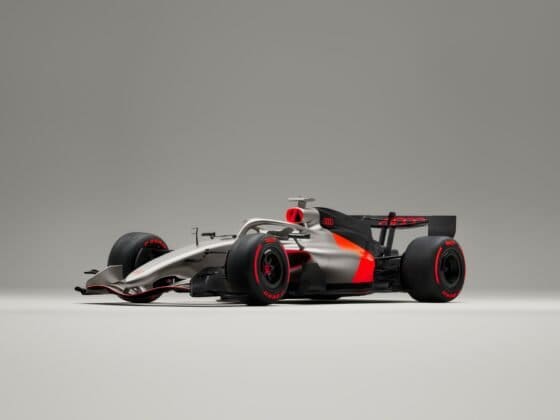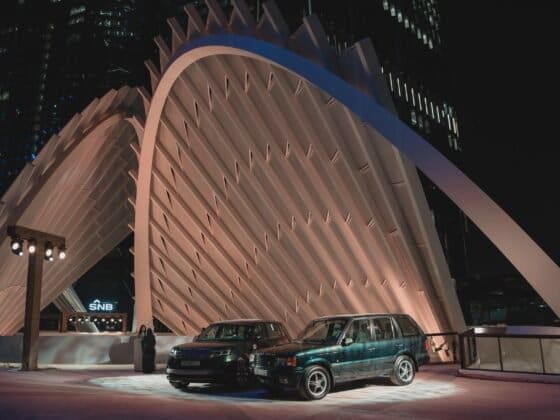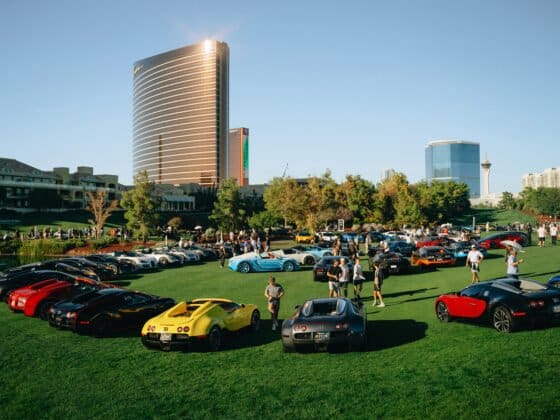To say that the new Porsche 911 Dakar is an extraordinary car, which made its world premiere at the Los Angeles Auto Show last year, would be an understatement.
This exclusive model, limited to 2,500 units, is powered by a three-litre biturbo six-cylinder that can accelerate to 100 kmph in 3.4 seconds, and on to a limited top speed of 240 kmph. For a Porsche, these figures may not be extraordinary. However, the car’s lift system can raise the front and rear ends from its standard height of 161 mm to a maximum of 191 mm.

This extra ground clearance, comparable to some SUVs, is not for going over speed bumps. Built around an innovative chassis and all-wheel drive system, this high-performance car was built for going off-road; Rally Raid style.
A 911 capable of hitting the dunes with some gusto at high speeds is not a new concept. That honour goes to one of the greatest legends to come out of Porsche’s stables. A car that delivered one of Porsche’s most celebrated victories- its first Paris-Dakar.
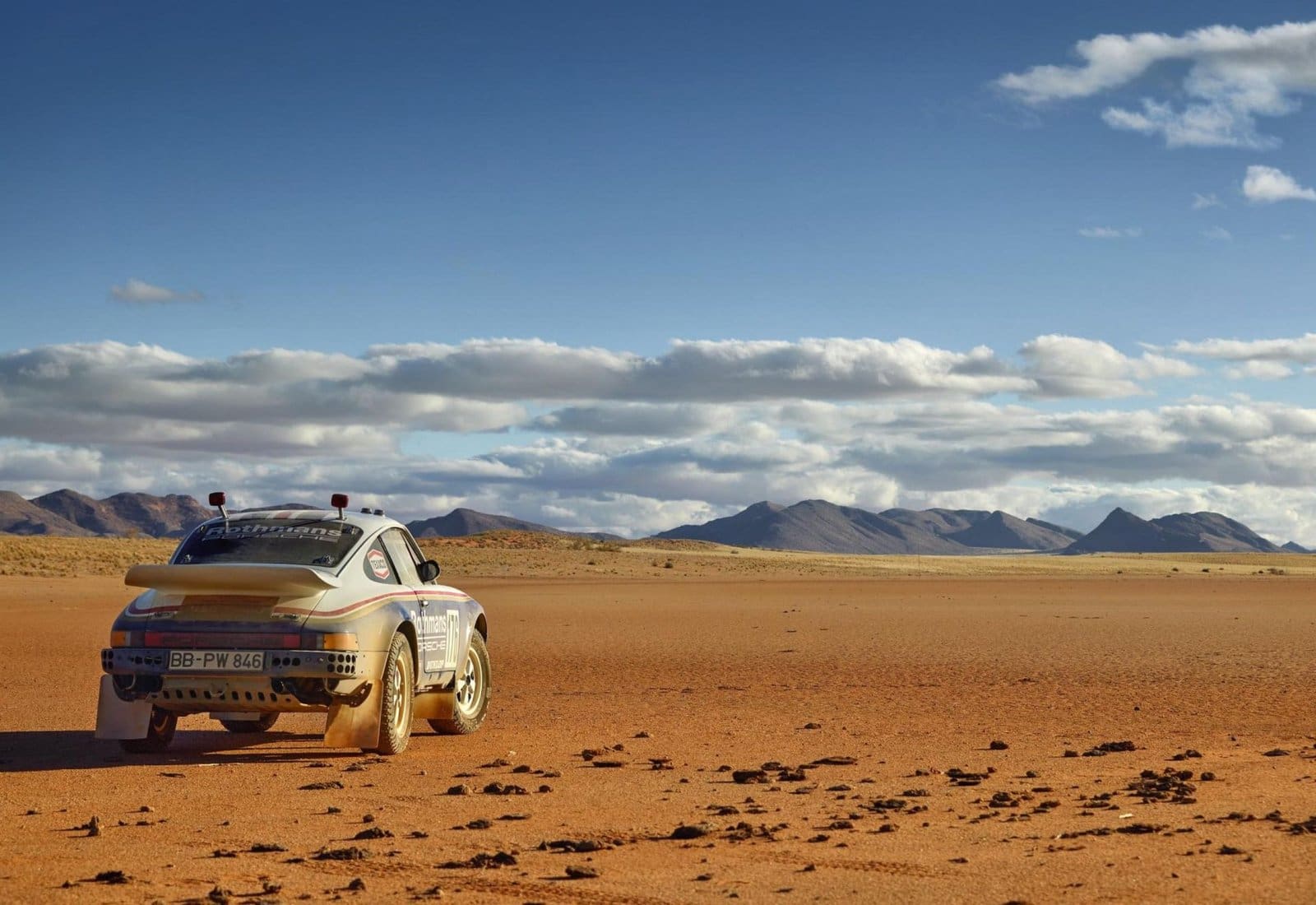
Porsche 911’s history with rallying dates back to January 1965, just four months after it went on sale. A Porsche 911 ran in the Rallye Monte Carlo and took fifth place. Three years later, Englishman Vic Elford recorded the first 911 win in Monaco. In 1969 and 1970, the Swede Björn Waldegård repeated the feat.
Although Porsche has never competed in the overall World Rally Championship, it has taken part in individual races, such as the 5,000 km East African Safari Rallye in the 1970s, and in the 1980s with Walter Röhrl. Porsche became interested in officially participating in WRC when FIA proposed new regulations, known as Group B, for extremely powerful GT cars that could also be used in the WRC.
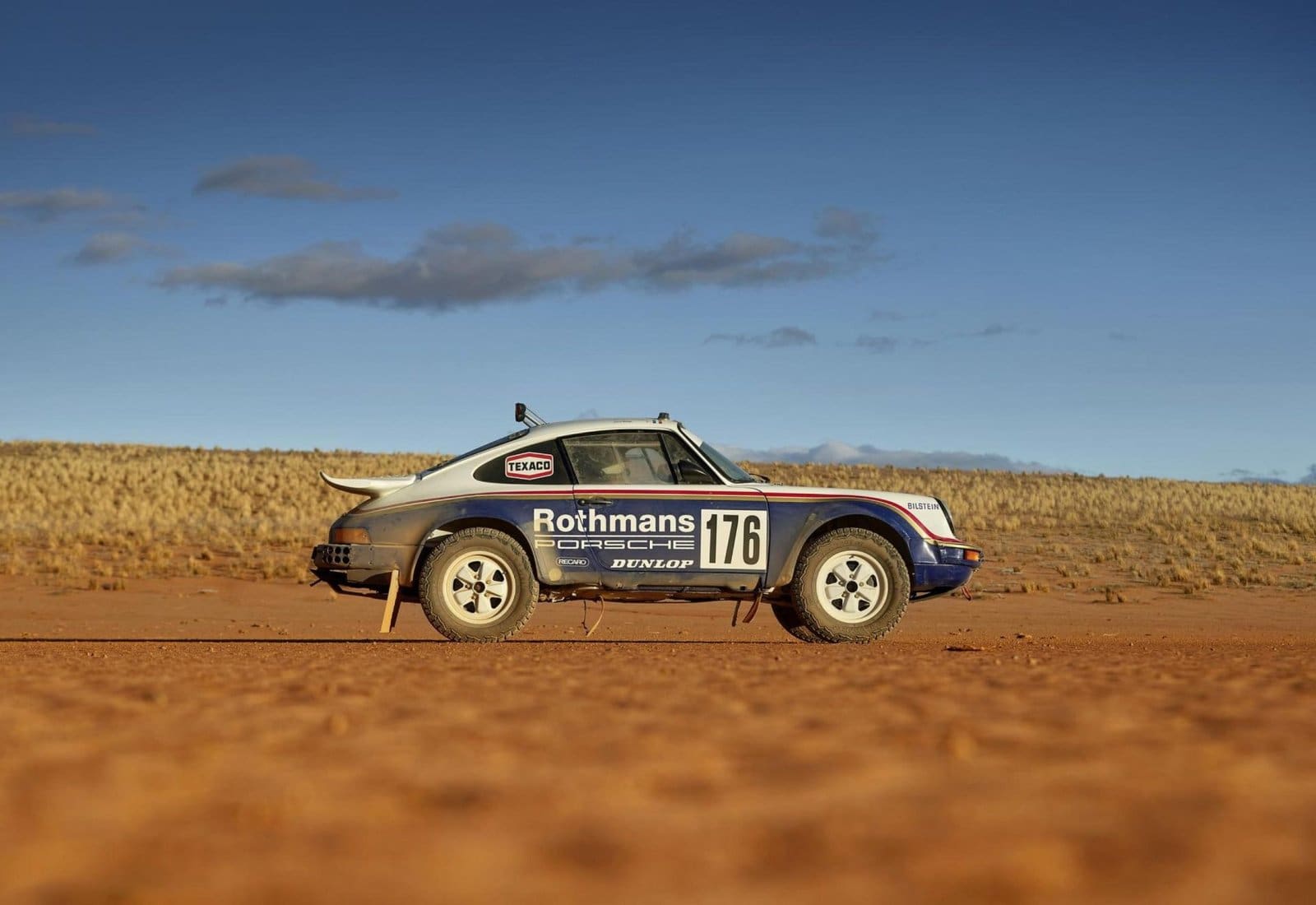
As a step in this direction, Porsche unveiled the 911 Turbo 3.3 4×4 Cabriolet at the Frankfurt Auto Show in 1981. This concept car combined the power of a Turbo with the improved handling of an all-wheel drive system. This prototype was later extensively tested by Walter Röhrl, among others. When Porsche’s four-time Le Mans-winner Jacky Ickx saw the prototype in testing, he had an idea: to enter the Paris-Dakar with a 911 all-wheel drive.
Helmuth Bott, Head of Development at Porsche, gave his assent and Ickx got Rothmans to agree to sponsor Porsche’s official Paris-Dakar team. Three Porsche ‘911 Carrera 3.2 4×4 Paris-Dakar’ cars with all-wheel drive and numerous rally upgrades were fitted out for the race. Ickx and co-driver Claude Brasseur, the Frenchman René Metge and his co-driver Dominique Lemoyne, plus Porsche project manager Roland Kussmaul and co-driver Erich Lerner, made up Porsche’s cockpit team.
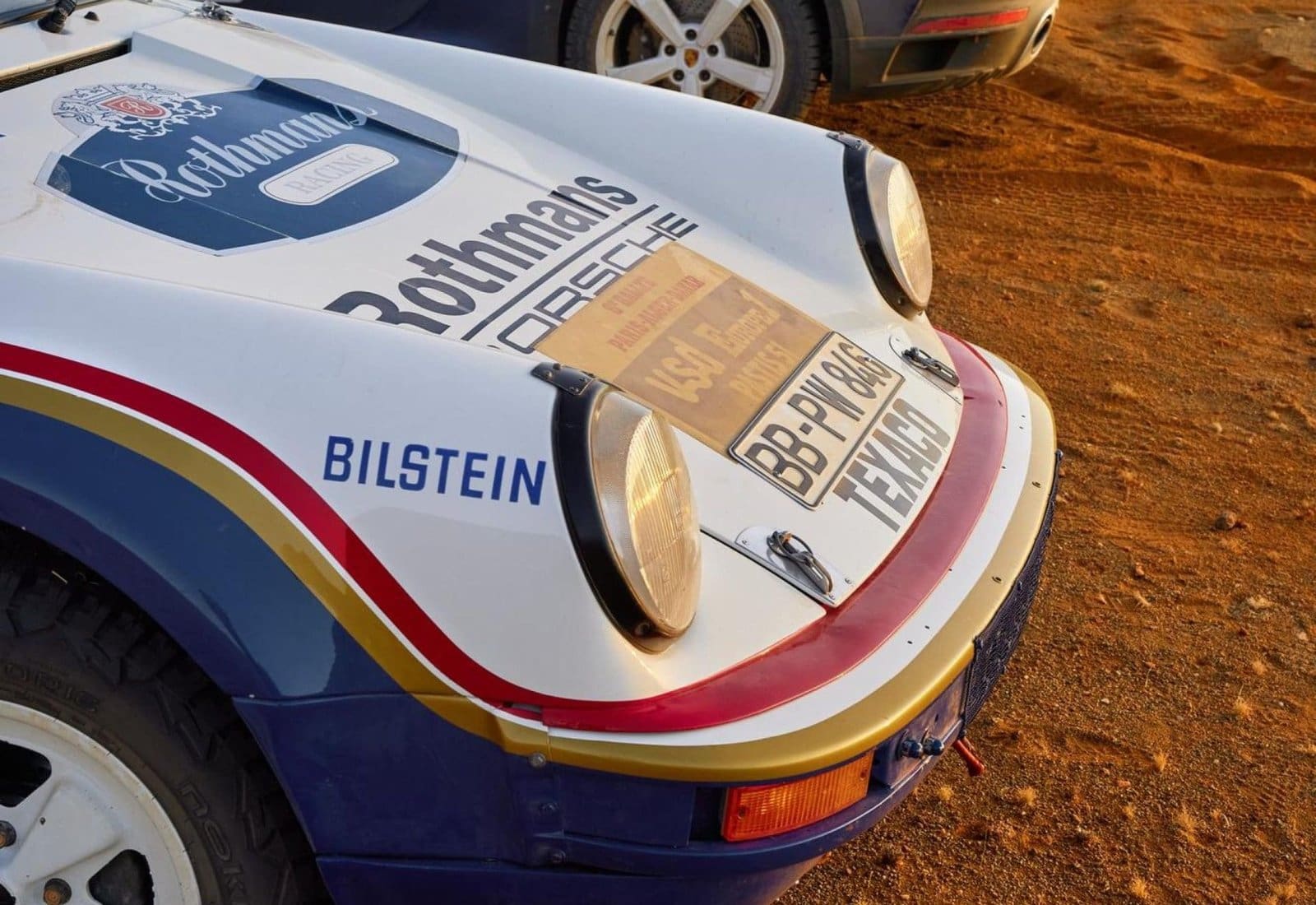
Ickx and Metge were competing in earnest, while the Kussmaul-Lerner team were deployed as a rolling testbed. There was also a mechanic crew in the truck classification on hand to support the three 911s. Not surprisingly, the established competition with their all-terrain vehicles, nor the journalists covering the event, take the Porsche foray seriously.
While the 911 Carrera 4×4 driven by Jacky Ickx had a breakdown on the first day in the desert, René Metge, who had famously won the event in a Range Rover, lived up to his reputation as a virtuoso desert driver. He cruised the sand and gravel at speeds of 150 kmph and more.

The Rally 911 was several hundred kilograms lighter than the big all-terrain vehicles, while the boxer engine delivered 165 kW (225 PS). The big traction advantage of the rear engine was also a boon. When tackling big dunes with lots of soft sand, the teams could actuate a lever in the centre console to lock the differential between the rear and front axles – creating a jolting driving experience in the 911 Carrera 4×4, but with maximum traction.
When the caravan of racers reached the beaches of Dakar, Metge was declared the overall winner. Ickx doggedly moved up from 139th to finish sixth place, while Roland Kussmaul came in an impressive 26th. The three results combined to deliver Porsche a first place in the team classification.
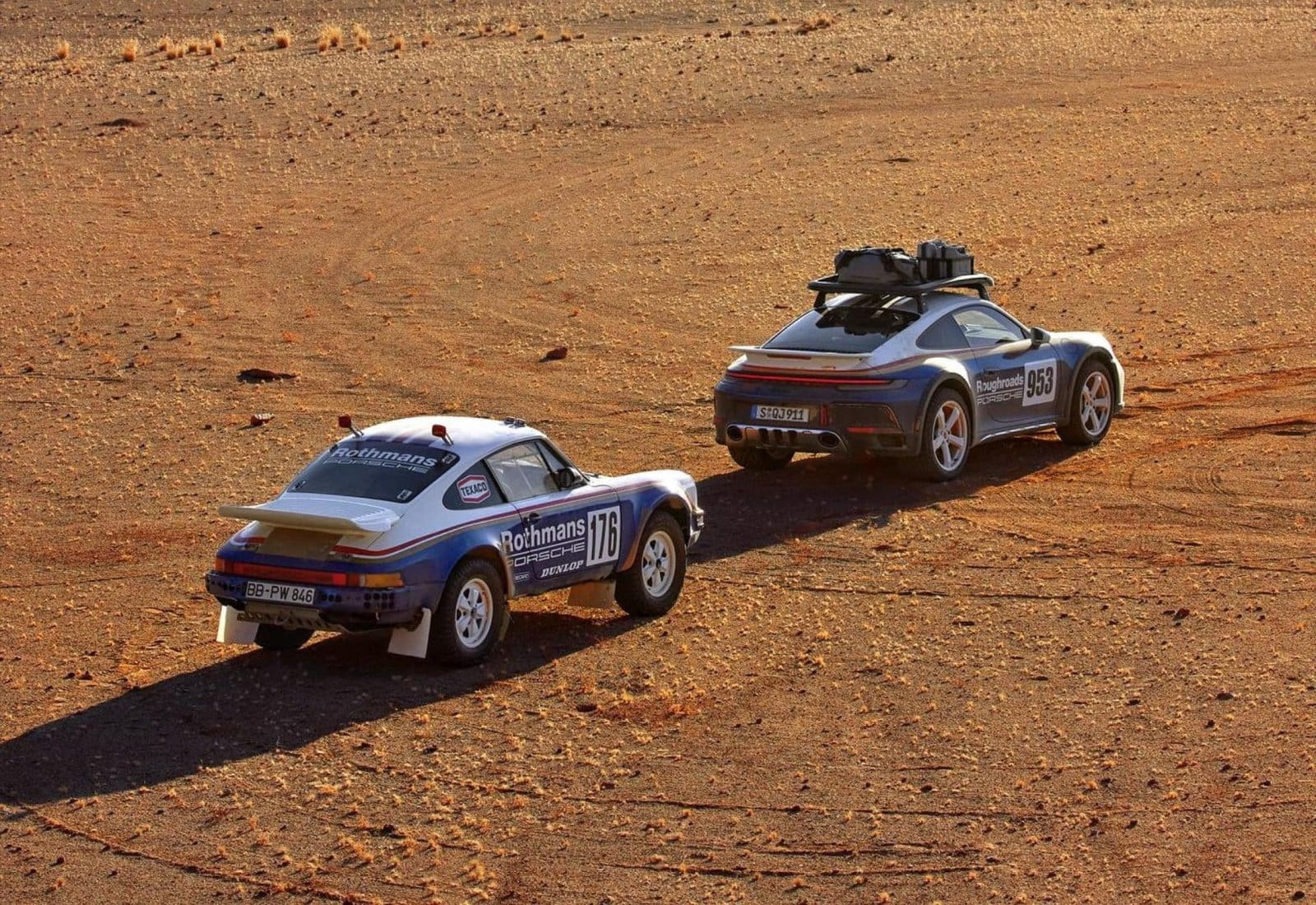
This extraordinary success in the world’s most gruelling off-road event, by a car that was built for the race tracks rather than the dunes, is one of the most celebrated chapters in the Paris-Dakar lore. Although Porsche did win and improve on these results with the 959 in 1986, it does not garner the same reverence as the 911 Dakar win of 1984.
The car that it inspired, the new 911 Dakar, is capable of reaching off-road speeds of up to 170 kmph. Among its numerous Dakar-inspired accessories and options, one meaningfully stands out – the Rallye Design Package. For the first time, Porsche has presented in a series production car, the colour scheme first worn by the 1984 champion.
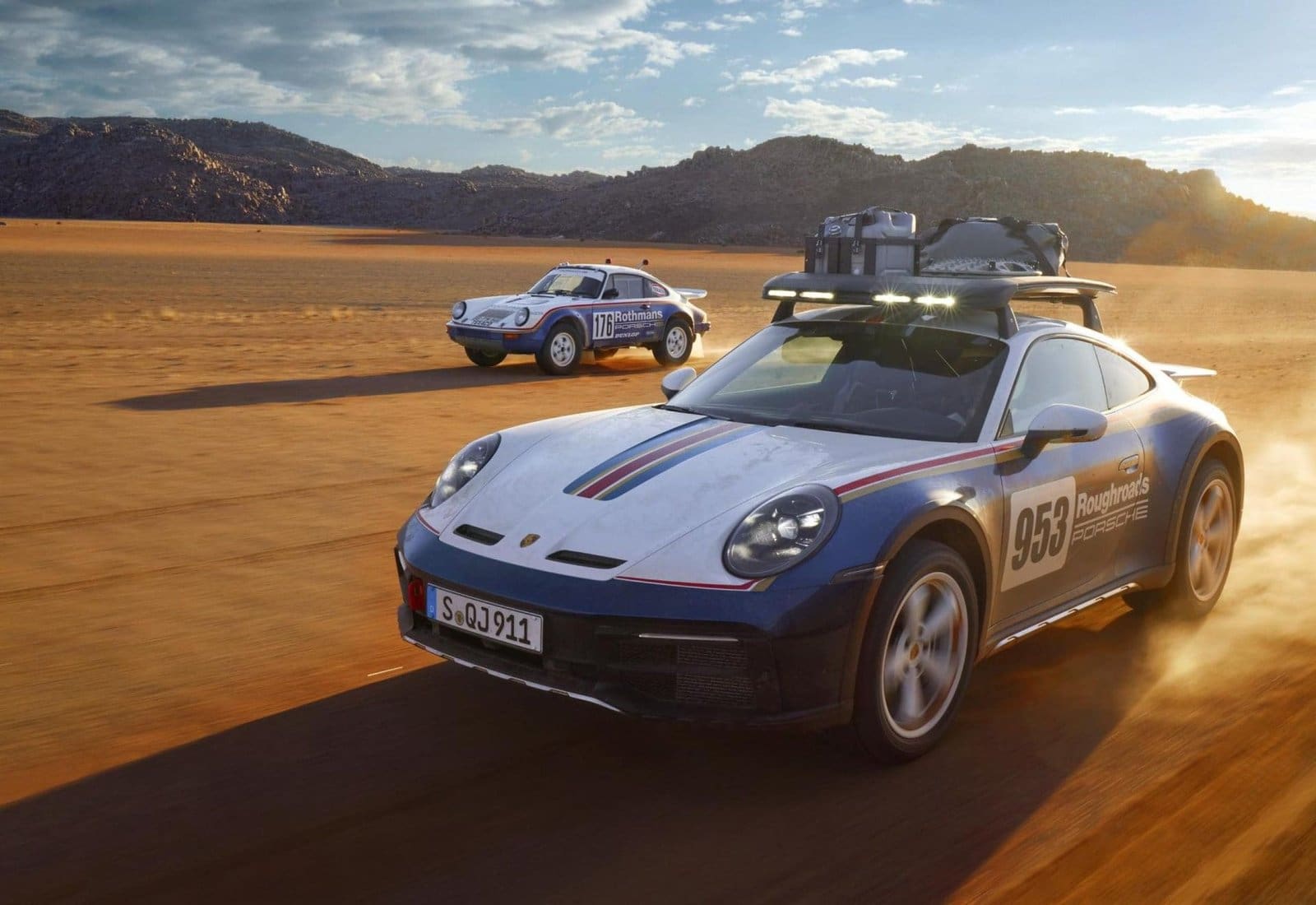
The Rallye Design Package features a white and “Gentian” blue bi-colour paint scheme with red and gold rally stripes. In place of place of the Rothmans logo, we have the ‘Roughroads’ lettering above ‘Porsche’ on the doors. Roughroads is a Porsche registered trademark which “reflects the concept of the 911 Dakar and its suitability for driving off-road.”
On the side of the vehicle, the customer can choose an individual race number between 0 and 999. The white-painted rims and the red taillight strip, in contrast to the standard vehicle, round off the distinctive appearance. Further highlights can be found in the interior: Extended Race-Tex and leather surrounds as well as seat belts and accents in Sharkblue.
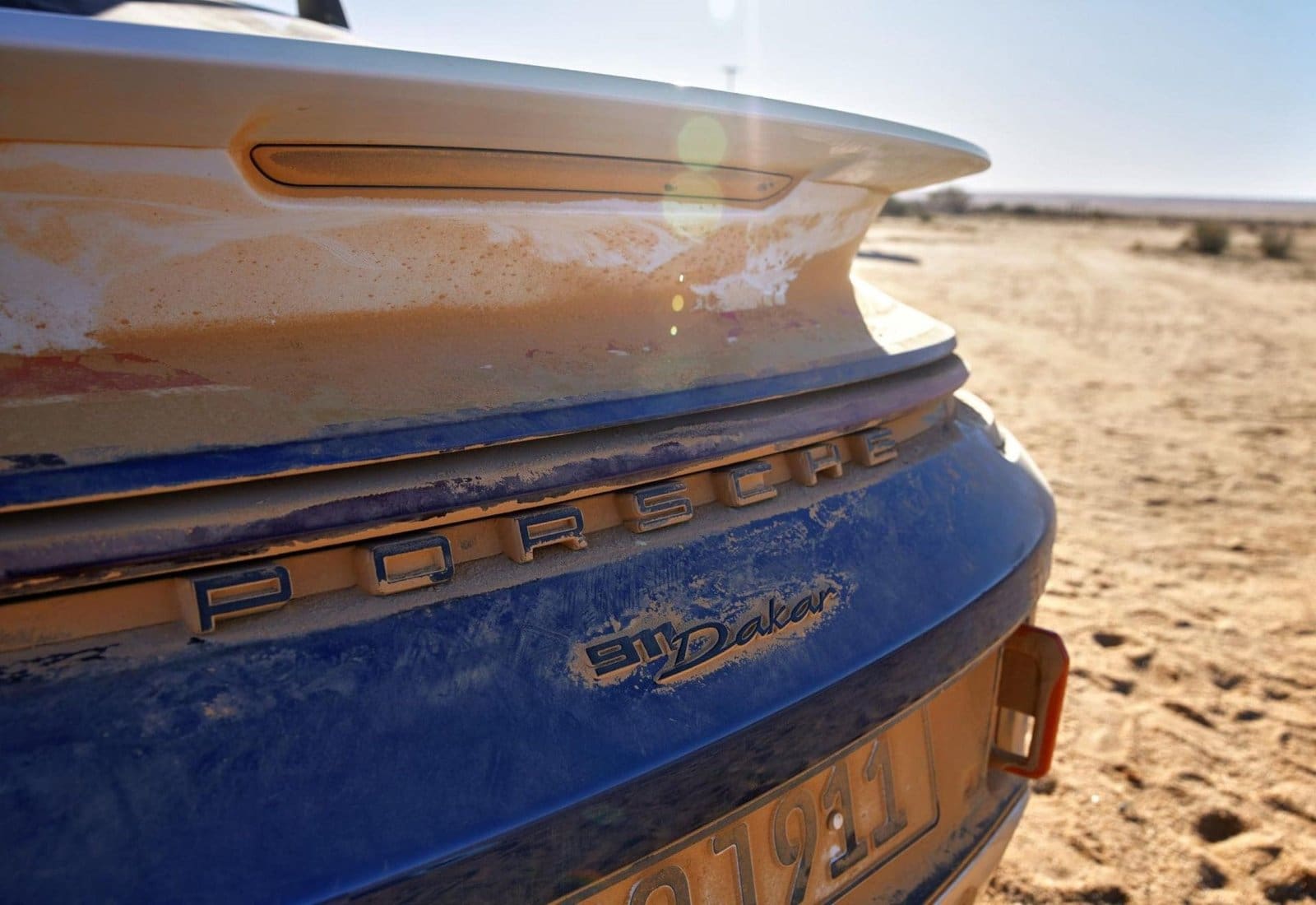
The new 911 Dakar, without a doubt, is an extraordinary car in its own right and, with its limited production run, is sure to be a highly sought-after model in the years to come. But when draped in the Rallye Design Package, the 911 Dakar takes on its most admirable appearance; that of remembering a truly extraordinary champion.

